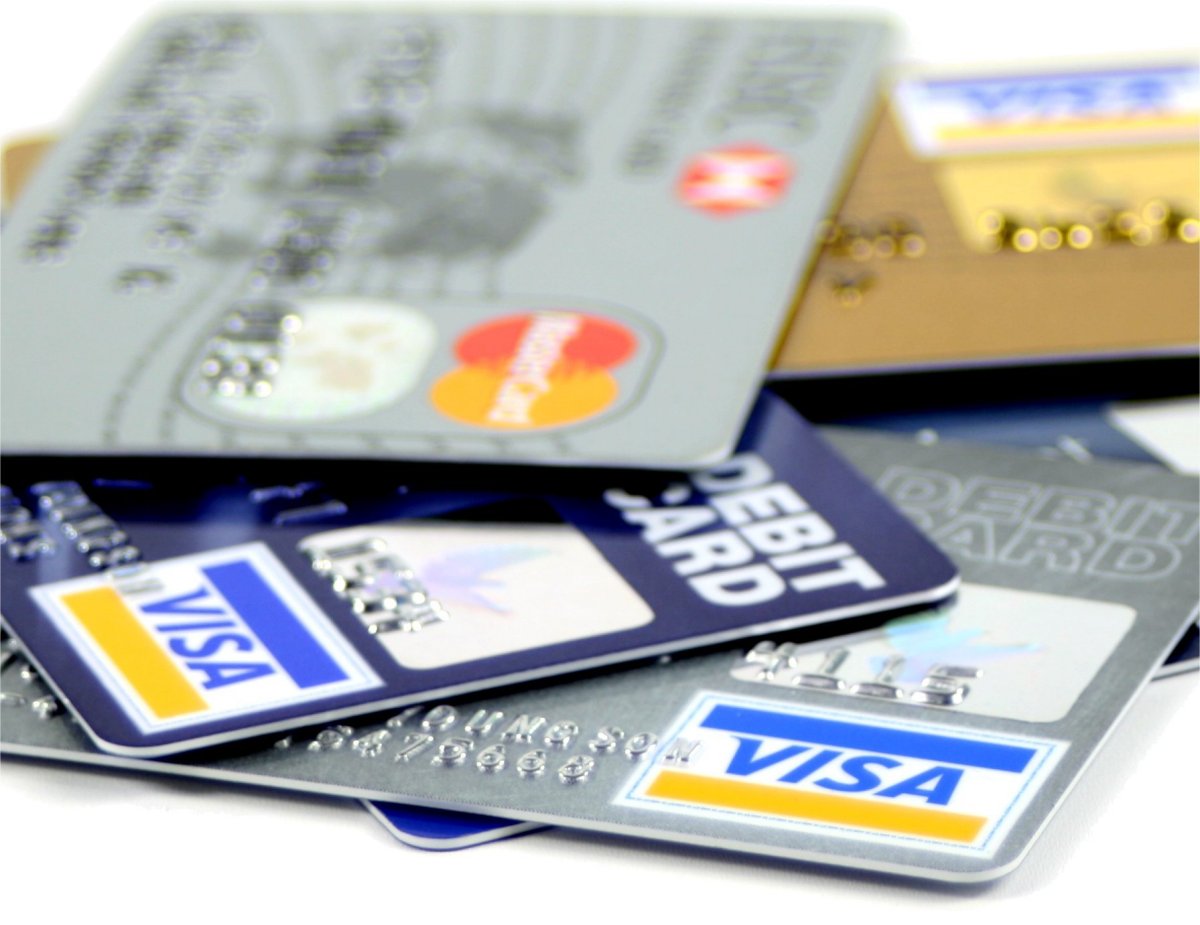Have you heard the term “plastic money”? The concept of money in form of cards such as credit cards and debit cards, instead of the use of actual currency is what we call plastic money. In India, in the recent years, online transactions and bank cards have seen a huge upsurge. Let us learn more about these cards and how they work.
Suggested Videos
Debit Cards
A debit card is a bank card used to make payments from your own bank account. Debit cards were introduced in 1966 and have been around since. They are actually a linked to the cardholders bank account. So they basically provide an electronic access to the bank account of the cardholder.
Debit cards can be used to conduct online transactions. They can also be used at products or services at the various point of sales. When you use a debit card it withdraws the balance from your bank account, i.e. it debits your bank account. So if there is insufficient balance in the account, the transaction will be unsuccessful.
Usually, there is a magnetic strip in the card that reads the debit cards information. But recently due to security concerns, banks have started issuing chip debit cards. The computer chip authenticated the debit card and is considered safer than the magnetic cards.

Credit Cards
Credit cards are also payment cards that banks or other financial institutes. But unlike debit cards, they are also a tool of short-term lending. Because a credit cardholder can withdraw money beyond the limits of their bank accounts. So a cardholder can borrow money from the bank using his credit card.
So credit cards offer the cardholders a line of credit. The money has to be repaid to the bank with the interest that the bank charges. The time of the repayment will depend according to the terms and conditions of the credit cards. Also, there is a credit limit on the card. This is the maximum credit the cardholder can run up on a card.
Credit cards can be used for online purchases, purchases at a point of sales, to withdraw cash from the ATM. Credit cards also allow cardholders to transfer money to other bank accounts.
Micro Credit
Microcredit is a tool for microfinance services. It is the lending of very small amounts of money to the ones most in need of funds. The terms of such a loan are very lax. The interest rate charged is negligible and the repayment policy is not very strict.
These types of loans are generally availed by new small business and the agricultural sector. In India, the microcredit is considered a Non-banking financial activity. One popular form of microcredit in India is financing through Self Help Groups. The RBI has given the commercial banks the full freedom to plan their own policies when it comes to microcredit in order to encourage it further.
Solved Questions for You
Q: A cardholder does not have to pay interest on credit cards for which of the following?
- Term Period
- Loan period
- Grace Period
- None of the above
Ans: The correct answer is C. The cardholder does not have to pay interest on the amount spent for the grace period. This period is usually up to a month (20-30 days). If he repays the amount it the said grace period then he is charged no interest at all. If he delays his repayment he is charged an interest rate higher than the prime lending rate.
Q: What initiative was launched in 1998 to help farmers get access to credit?
- Kisan credit cards
- Debt bonds
- Rupay Cards
- None of the above
Ans: The correct option is A. In 1998 the government of India launched the Kisan Credit Cards. The purpose was to provide farmers with a line of credit to help out with crops and farming. It has a validity of 3 years and even has insurance cover of up to Rs. 50,000
Q: What is another name for Reloadable Debit Card?
- Loadable Card
- Prepaid debit card
- Forex card
- None of the above
Ans: The correct answer is option B. Prepaid debit card works just like a normal debit card. You can use these to buy goods and services, withdraw money, online transactions etc. But it just does not link to the cardholders bank account. Instead, you load the money onto the card and can spend only that much.
Q: Which of the following do not require background checks or credit checks?
- Credit Cards
- Debit Cards
- Term Loans
- None of the above
Ans: The correct answer is B. A debit card is just an electronic access to the cardholders bank account.
Practice Questions
Q: In which country did the concept of credit cards first originate?
- USA
- France
- UK
- India
Ans: A
Q: The entity that is permitted to accept payments via debit and credit cards is known as?
- Issuer
- Authorized user
- Merchant
- None of the above
Ans: C
Q: We use for the term “hot card” for a payment card that is reported as
- Secured
- Stolen
- New
- None of the above
Ans: B
Q: Debit cards and credit cards are also known as which of the following?
- e-Money
- Soft Money
- Card Money
- Plastic Money
Ans: D






ATM stands for Automatic Teller Machine, so saying ATM Machine is as redundant as saying Chai Tea